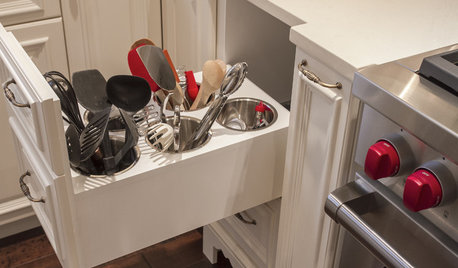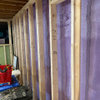Another XPS queston
jondavis08
11 years ago
Related Stories

HOME OFFICESStand-Up Desks Rise to Health Challenges
Sitting all day may be wrecking your health. Are you going to stand for that?
Full Story
REMODELING GUIDESCool Your House (and Costs) With the Right Insulation
Insulation offers one of the best paybacks on your investment in your house. Here are some types to discuss with your contractor
Full Story
GREEN BUILDINGHouzz Tour: Going Completely Off the Grid in Nova Scotia
Powered by sunshine and built with salvaged materials, this Canadian home is an experiment for green building practices
Full Story
MOST POPULARThe 15 Most Popular Kitchen Storage Ideas on Houzz
Solve common kitchen dilemmas in style with custom and ready-made organizers, drawers, shelves and more
Full StorySponsored
More Discussions







worthy
jondavis08Original Author
Related Professionals
Exeter General Contractors · Fort Lee General Contractors · Las Cruces General Contractors · New Baltimore General Contractors · Palatine General Contractors · Springboro General Contractors · Valley Station General Contractors · North Bergen Architects & Building Designers · Parkway Architects & Building Designers · Saint James Architects & Building Designers · Four Corners Flooring Contractors · Glendale Flooring Contractors · Hammond Flooring Contractors · Marlborough Flooring Contractors · West Chester Flooring Contractorsjondavis08Original Author
jondavis08Original Author
worthy
jondavis08Original Author
worthy